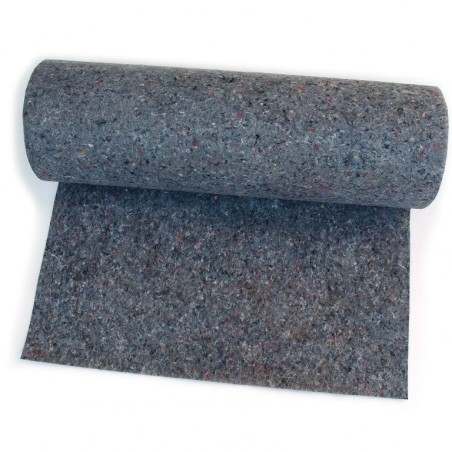In this study, a total of 448 productive sows of different parities (ranging from 1 to 7), including 215 sows of the Control group and 233 sows of the PGF2α group were used. An intramuscular injection of 2 ml of sodium cloprostenol (87 µg) was given 24 h postpartum to the sows of the Cloprostenol group. The individualized productive data of the sows of each group were recorded.
Blood progesterone levels decreased from 0 to 72 h post‑partum in the Cloprostenol group, but not in the Control group. Weaning to service interval was reduced in the Cloprostenol group (5.72 ± 0.23 days vs. 6.20 ± 0.22 days). The percentage of sows inseminated before 6 days after farrowing was higher (73.39 % vs. 62.33 %) in the Cloprostenol group, and there was a tendency for an increase in pregnancy rate (ultrasonography evaluation at 28‑30 days port insemination) in the same group (95.28 % vs. 90.70 %). The farrowing rate was significantly increased in the PGF2α group (93.99 % vs. 86.51 %), although no differences were found for litter size.

The application of cloprostenol after farrowing improved fertility rates and reduced non-productive days.
Crespo S, Gadea J. La administración a cerdas de cloprostenol 24 horas después del parto reduce el intervalo destete‑cubrición y mejora la tasa de partos en el ciclo siguiente. ITEA‑Información Técnica Económica Agraria. https://doi.org/10.12706/itea.2021.033




